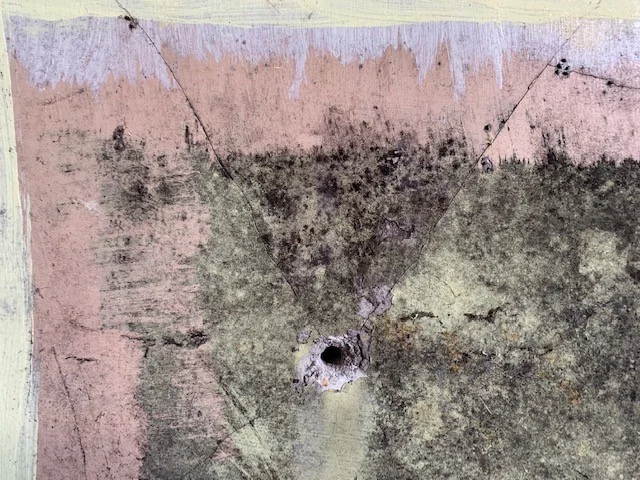As an independent materials laboratory providing expert analysis of coating failures, we are constantly asked to investigate both common and uncommon paint problems. Often our laboratory is asked to investigate staining which appears on internal walls & ceilings and given Irelands damp climate, this should not be considered as uncommon. However mould growth on a internal painted surface can cause major issues.
Very often, we are asked to investigate the rapid occurrence of mould on a recently painted surface. Such matters can give rise to claims and counterclaims, in particular a painting contractor being accused of not washing the surface before painting or using paint which is defective. Other mould issues can arise where bare wood is not primed or low quality emulsion paints are used
Mould is probably the most common cause of paint discoloration, it is a form of stain fungi or microscopic plant life, the most common species are black, but some are red, green, or other colours. Mould may be found absolutely anywhere on a building, but it is most common on walls behind trees or shrubs where air movement is restricted.


